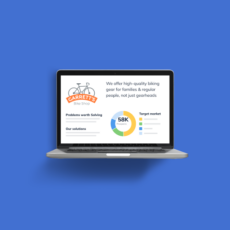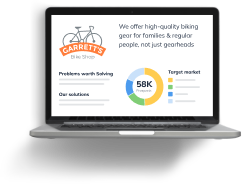
How to Write a Small Business Financial Plan
Creating a financial plan is often the most intimidating part of writing a business plan. It’s also one of the most vital. Businesses with well-structured and accurate financial statements in place are more prepared to pitch to investors, receive funding, and achieve long-term success.
Thankfully, you don’t need an accounting degree to successfully put your budget and forecasts together. Here is everything you need to include in your financial plan along with optional performance metrics, specifics for funding, and free templates.
Key components of a financial plan
A sound financial plan is made up of six key components that help you easily track and forecast your business financials. They include your:
What to include if you plan to pursue funding
Do you plan to pursue any form of funding or financing? If the answer is yes, then there are a few additional pieces of information that you’ll need to include as part of your financial plan.
Financial ratios and metrics
With all of your financial statements and forecasts in place, you have all the numbers needed to calculate insightful financial ratios. While these metrics are entirely optional to include in your plan, having them easily accessible can be valuable for tracking your performance and overall financial situation.
Financial plan templates and tools
Download and use these free financial templates and calculators to easily create your own financial plan.








